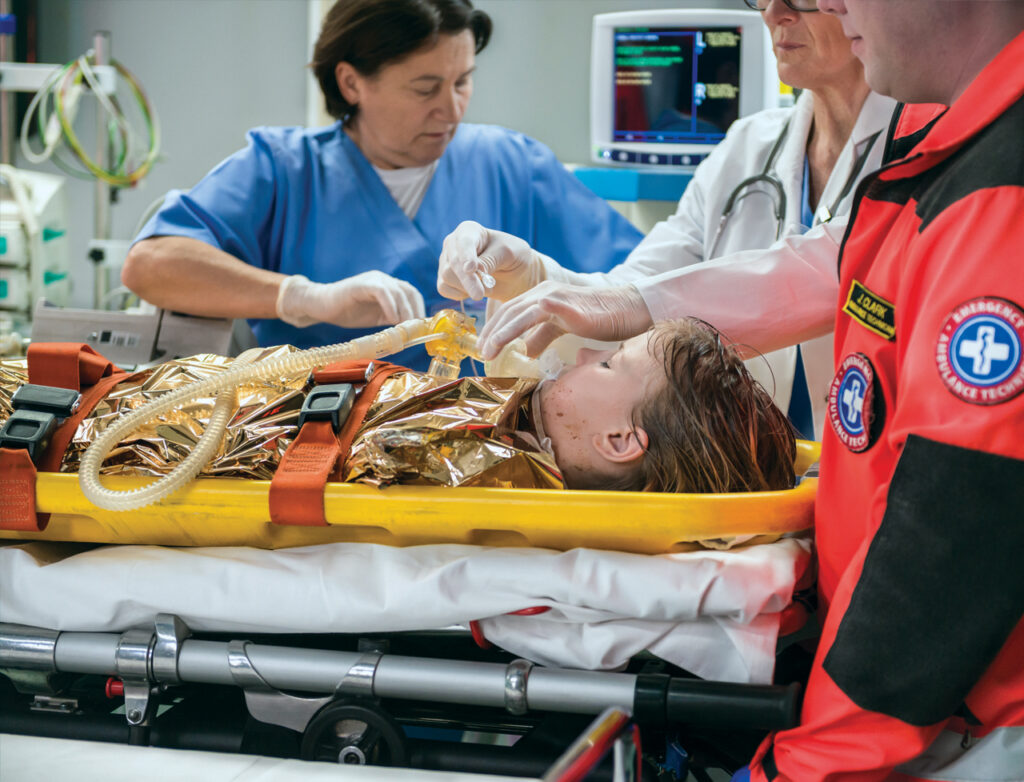About Emergency Department/Trauma

California’s emergency departments (EDs) are filled to the brim (some 15 million people visit EDs every year) — often so packed that patients are forced to wait hours to be treated and ambulances are delayed in transferring patients to hospitals. Several things are behind this crisis:
- A lack of primary care clinicians that accept Medi-Cal
- A lack of post-hospital care sites (nursing homes, rehab facilities, mental health and addiction facilities, etc.) for patients and challenges with commercial insurance companies approving post-hospital care
- Workforce shortages
- Massive increases in the need for mental health and substance use disorder treatment
- Growing hospital financial distress, in part due to government payer shortfalls
- A dearth of alternative community care sites, like clinics or home settings
Without change, EDs — which accept all patients 24/7 year-round — will struggle to provide critical care to those experiencing trauma, injury, or acute medical conditions. Addressing this problem will take commitment and innovation from insurance companies, state policymakers, providers, and others to deliver better access to primary and specialty services, improved funding for ED care, and more.
Comments on Trauma/Specialty Care Regulations Due Next Week
Work Smarter, Not Harder: Leveraging Microsoft 365
HCAI Finds Increase in Alcohol-Related ED Visits
Hospitals Must Submit 2025 APOT Reduction Protocols to EMSA, Audit Tool Tutorial Now Available
Hospitals Should Increase Participation in APOT Audit Tool
Free Children’s Mental Health Consults Available to Hospitals
Hospitals Should Register for APOT Audit Tool
Upcoming Webinar Details New APOT Regulations’ Impact
EMSA Seeks Input on Revised Chapter 6 Specialty Care Regulations
APOT Regulation Updates – Key Changes and Deadlines
The California Emergency Medical Services Authority (EMSA) recently finalized regulations related to Ambulance Patient Offload Times (APOT). Join us to learn about the new regulations and how they affect your hospital. During this webinar, we’ll provide a comprehensive overview of the latest regulations impacting hospitals and EMS providers across California, key takeaways from APOT protocol […]